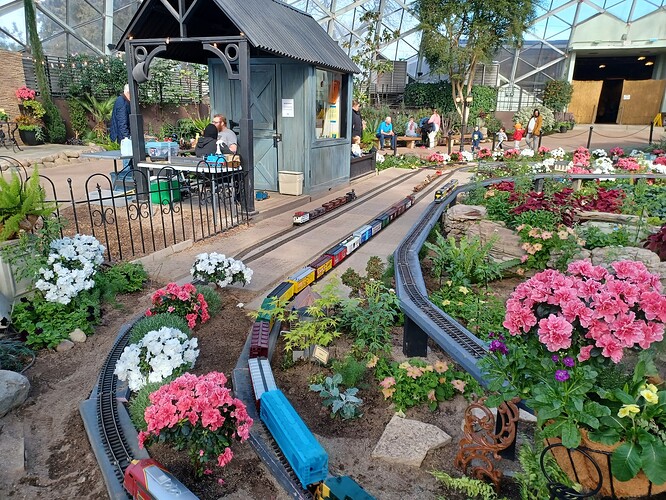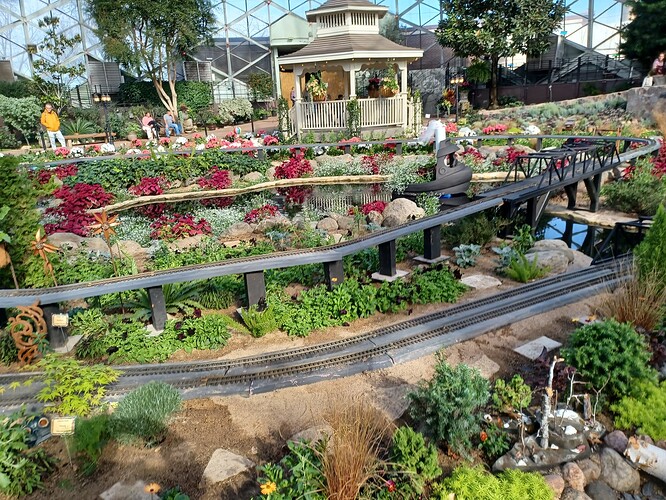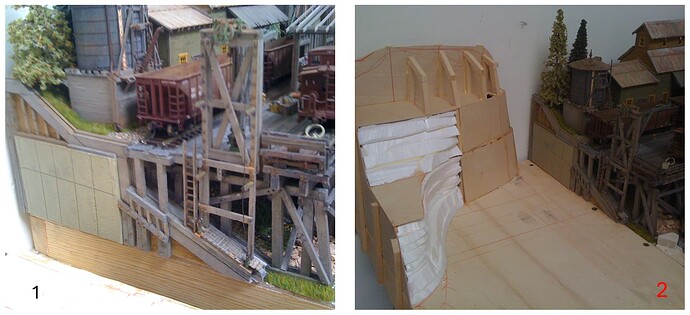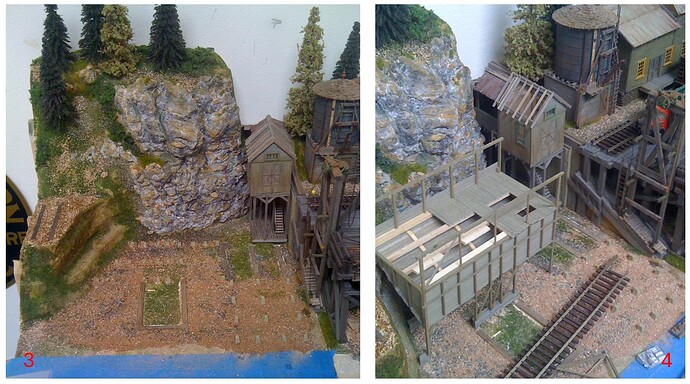Not everyone models that.
My SCL layout for my old SCL Altas loco and cars will bne about as flat as my first girlfriend.
Not that I know of! By and large the ground (and track) is less than 100ft above sea level (mostly under 50ft), and the water table isn’t all that far down. No canyons where I grew up!
We used the clover-leaf exit ramps on the highway as hills for winter sledding…
My parents lived in Northport on Makamah Beach, then in Huntington behind Walt Whitman’s old house. I worked a few months in Southampton before returning to Berlin as a silly villain, and went to SUNY Farmingdale for a year when I got back. In my travels between all points on the island, the greatest change in elevation that I can remember was our driveway.
OK - special dispensation for those modeling railroading as done on Long Island: flat table construction is now deamed A-OK. However do you really want to do all those PTA 90 degree table joins?
( Joking here while still tyring to make a point! )
You left out the part of the quote where I said “I could be wrong.”
Dream layout?
From the Mitchell Domes Horticultural in Milwaukee. Not sure what scale, but I definitely don’t have space for that…
I have to say seeing it does tempt me to do a train.
Fair enough! It was tough growing up with no topography. The only valley near me was where they dug the road down to pass under the tracks - every big rain storm it flooded…
I must say all the joints put me off, but I couldn’t think of a better way to make it fit through household doors. Still, as I never managed to build the boards it’s a moot point!
I’ve seen some pretty clever methods of hiding modular joints over the years. Obviously many involve things running perpendicular to the track, but it can be done, and done well.
The problem with joints is that the edges get abraded.
I built hatches for a large club layout and used 5 mm thick plexiglass (acrylic sheet) mounted vertically for the edges.
Shaping it is a bit of a chore but once the two vertical edges are matched to each other, shape them when they are clamped together, the edges can be hidden by landscape.
The landscaping on the edges needs to be thin, basically sand or brown/green particles glued down. A ditch along a field could be a useful feature, curbstones where between road and sidewalk, the grass verge along a road/sidewalk
While tricky, and good and annoying if left undone, I tried to hide module joints in a variety of ways:
Above, you can see a tall fence next to the house in the lower left, some infrastructure looking structures on the hillside, ballast etc on the tracks, and then a wood deck next to the loader. Each of these, except the ballast were removable - drop into the gap and you can’t see it.
And something a bit crazy:
Yes…my rr was not good for a track layout, but I went full on with buildings and scenery, and in the case above, I had a hard vertical edge. To screen this, I built up to it and added scenery. There was a track on the upper and lower levels, and with so much going on, the split line was lost. And sorry, but I can’t find a picture of this area when it was done.
As I didn’t have as much horizontal space as I wanted for tracks, I kept adding progressively more complicated modules, as you can see in image 3, the upper and lower tracks continued to the left too.
Or, you can add trees and shrubs ![]()
Cheers
Nick
Nick, those are great ideas!
Does anybody remember Bill Darnaby’s Maumee Route? He took 2-in. extruded foam and a hot wire cutter, shaped the wire to the contours of the roadbed and the accompanying ditches, and laid his track work upon that. Hotwire cutting of ditches and creeks, too. Some bench work for deeper rivers.
My railroad spans rolling hills, flat lands, mountains, and major rivers. Deciduous forests, great piney woods, prairies, deserts. Midwest coldfields, amber waves of grain, meals and factories and mines, and ocean ports. The mid-south, the midwest, the southwest, and west central, and Pacific coast. Plenty to traverse. Plenty to model.






